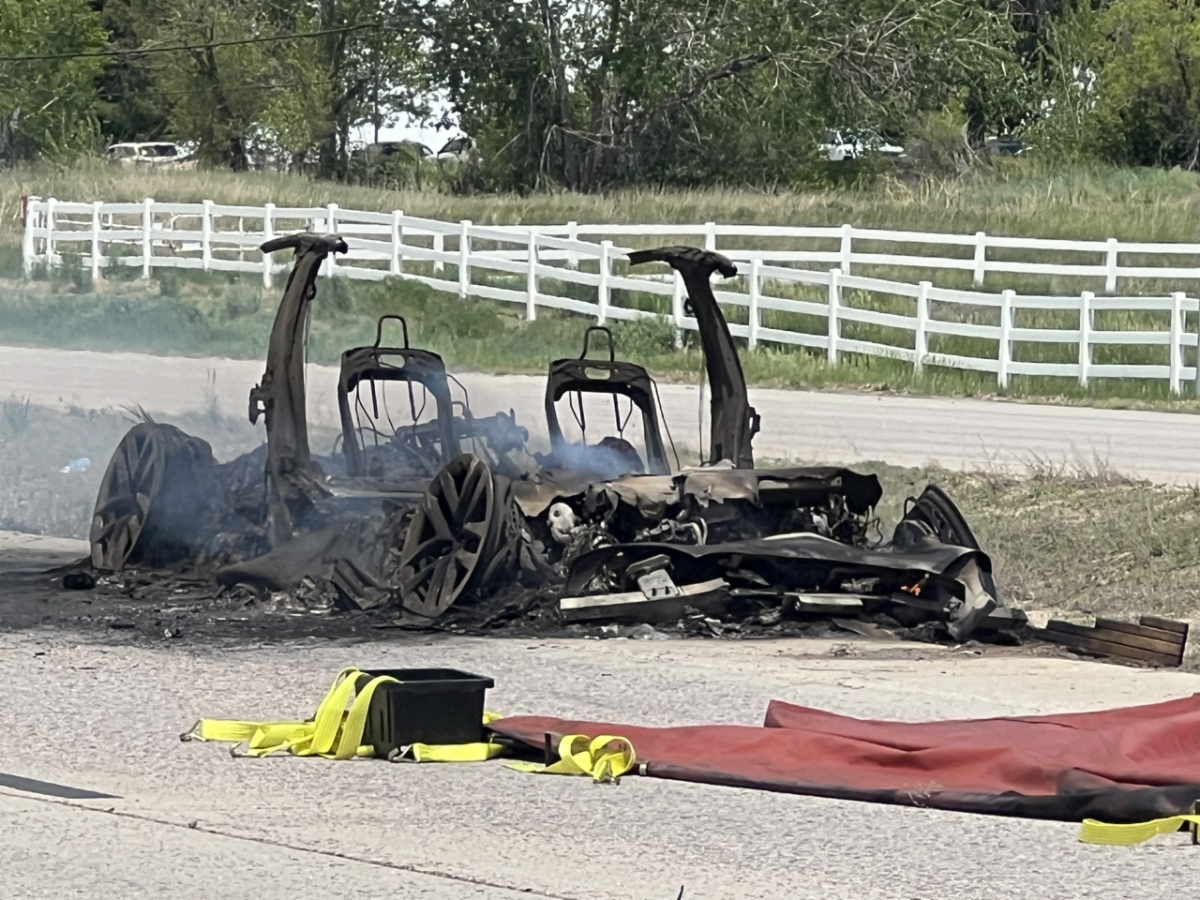Lithium-Ion Batteries
The Dangers of Lithium-Ion Batteries
Lithium-ion batteries store a large amount of energy in a small amount of space. This makes them powerful, portable, and versatile, which is why you find them in many rechargeable devices that you use every day.
Although the devices that contain these unique batteries improve our lives in many ways, it's important to know how we can prevent fires involving these popular batteries; and if a fire does occur, how we should respond to that emergency.
This page is full of resources that will help you take charge of LiB safety to protect yourself and your loved ones!
NFPA Safety on Lithium-Ion Batteries

"Fires involving various lithium-ion battery-powered products have been increasing at an alarming rate in recent years and have resulted in numerous injuries and fatalities. And these fires are fast – so fast that you may only have seconds (not minutes) to escape. Taking C.H.A.R.G.E. of Battery Safety can help you make a life-saving difference in your home."
- UL's Fire Safety Research Institute

Read More On Battery Fire Safety Here
Electrical Vehicle Fires
Even if you don't own or drive an EV, there are commercial and public transit EVs throughout the community, and they are only growing in popularity.
EV fires are extremely challenging to extinguish, and they can re-ignite up to several weeks later!
The Hydrogen Fluoride gasses emitted from lithium-ion battery fires are extremely toxic, call 9-1-1 and keep away from the scene. Staying alert and escaping to safety will help protect you if an electric car/bus/delivery vehicle explodes in your vicinity.


Did you know that when an electric vehicle (EV) is on fire, it must be done actively burning before our emergency response crews can make a larger impact on fire suppression and lower impacts to community members? When firefighters put water on these fires, hydrogen fluoride toxicity increases. This can create more public safety concerns and potential health impacts. To avoid additional concerns, firefighters will secure the scene of an actively burning EV by isolating the area and monitoring until it’s done actively burning. Next, firefighters will deploy a single-use car blanket and tow the EV remnants to an impound lot where the car blanket remains in place to help contain re-ignition hazards. Damaged EV batteries are handled as hazardous waste and may be taken to a facility for recycling or disposal if resources allow.


